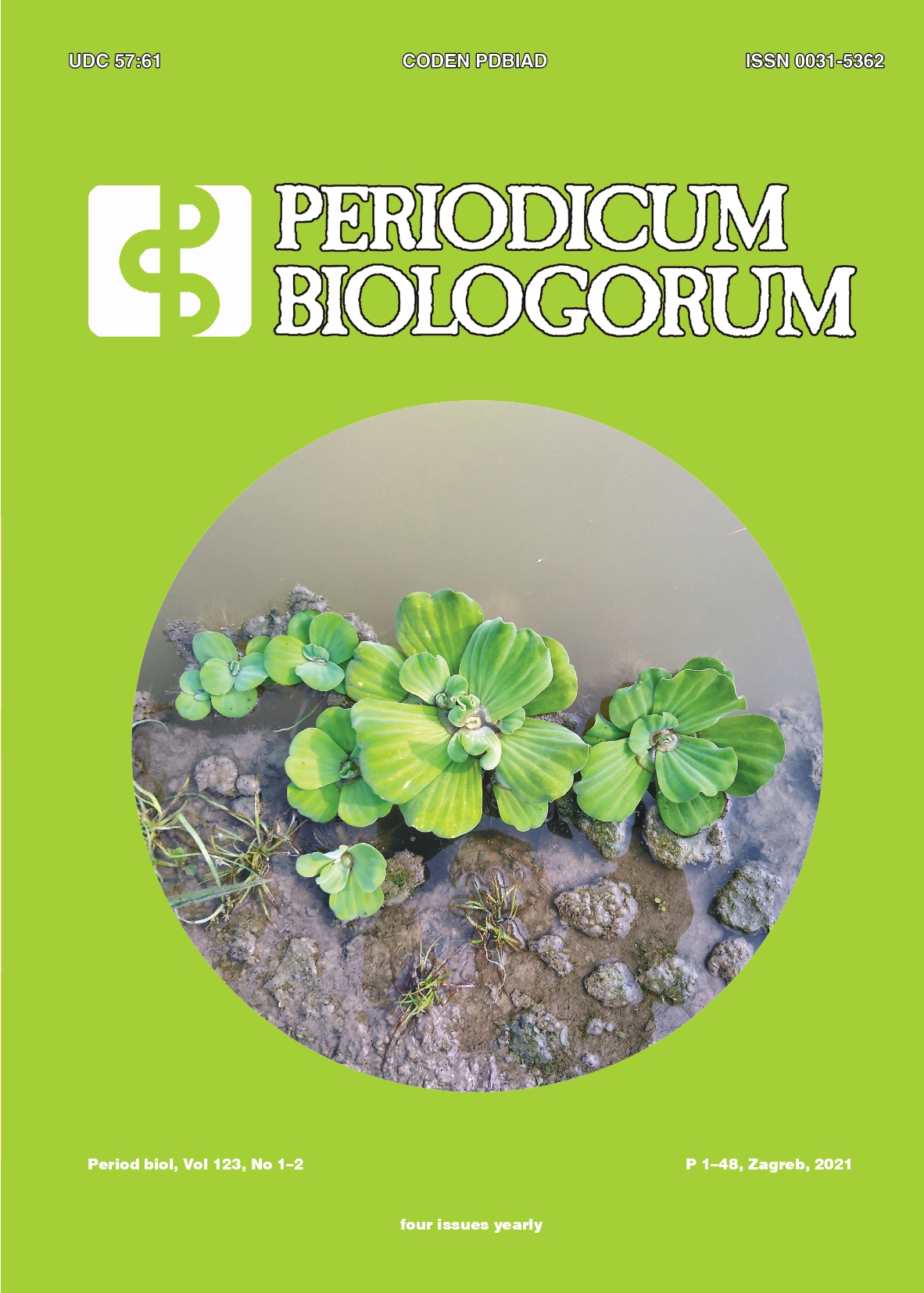Disinfectant as Removal Agent of the Pre-Formed Biofilm by Staphylococcus sp. Isolated from Dental Clinics in Taif, KSA
DOI:
https://doi.org/10.18054/pb.v123i1.6850Abstract
Background and purpose: Staphylococcus sp. are pathogenic bacteria widely investigated for its high incidence in clinical environments and its ability to form strong biofilms. The biofilm-related infections can resist several antimicrobial agents; therefore, the therapy of these infections may face difficulties. The aim of this study is to identify staphylococcal bacteria isolated from dental clinics, evaluate the effect of some disinfectants on removing the preformed biofilms and to demonstrate the adhesion of cells on the surfaces of some materials used for manufacturing the dental material using Scanning Electron Microscope (SEM). Material and Methods: Out of 70 different swabs, 12 Staphylococcal isolates were recovered. All isolates were subjected to 13 antimicrobial agents to test their sensitivity. The biofilm established isolates, as well as the effect of some disinfectant as removal agents of the preformed biofilm were estimated using microtiter plate (MtP) test. SEM was used for demonstrating biofilm formation by the tested isolates on stainless steel and rubber surfaces. Results: Of 12 Staphylococcus isolates, 33.3, 16.6 and 50% were shown strong, moderate and weak biofilm producers, respectively. Adhesions of the preformed biofilm were found to be reduced in the presence of betadine and sodium bicarbonate. Captured photographs by SEM confirmed the capability of biofilm formation by S. aureus H3 and S. hominis M0401 on stainless steel and rubber surfaces. Conclusion: the effective preventive strategies for infection control are essential to prevent staphylococcal infections in the dental clinics. This study reveals effective antibiofilm agents as betadine and sodium bicarbonate.
Downloads
Published
Issue
Section
License
The contents of PERIODICUM BIOLOGORUM may be reproduced without permission provided that credit is given to the journal. It is the author’s responsibility to obtain permission to reproduce illustrations, tables, etc. from other publications.


